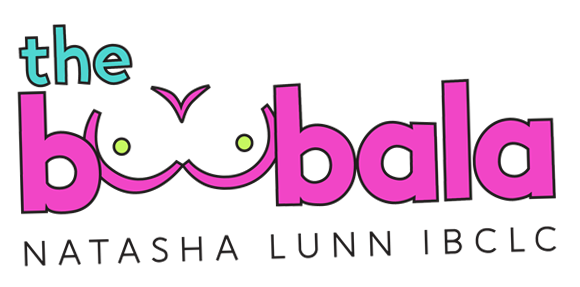Page Content
- At what temperature is milk no longer safe?
- What is the 5 5 5 rule for breast milk?
- What happens if you warm up breastmilk too much?
- What temperature damages breast milk?
- How do I know if my breast milk is too hot?
- How to tell if breast milk is bad?
- Does breast milk go bad after heating?
- What happens when milk is overheated?
- How to know if breast milk is spoiled?
- What is the 120 pumping rule?
The Risks of Overheating Breast Milk
Heating breast milk is a common practice among parents, but it comes with significant risks if not done correctly. Overheating breast milk can lead to a loss of essential nutrients and immunological properties, which are crucial for an infant’s development and health.
Nutritional Degradation
When breast milk is heated beyond certain temperatures, particularly above 104°F (40°C), it begins to lose its beneficial enzymes and antibodies. These components are vital for boosting an infant’s immune system and aiding digestion. Research indicates that heating breast milk to 120°F (49°C) can cause a marked deterioration in its quality, compromising its nutritional value significantly.
Potential for Burns
In addition to nutrient loss, overheating breast milk poses a direct risk to infants. Milk that is too hot can scald a baby’s mouth and throat, leading to painful burns. This risk is particularly pronounced when using methods like microwaving, which can create hot spots in the milk that are not evenly distributed. The American Academy of Pediatrics warns against using microwaves for this very reason, as they can heat the milk unevenly and lead to dangerous temperatures.
Best Practices for Heating
To safely warm breast milk, it is recommended to use methods that maintain a gentle heat, such as placing the bottle in a bowl of warm water or using a bottle warmer designed for this purpose. The ideal temperature for serving breast milk is around 98°F to 105°F (37°C to 40°C), which closely mimics body temperature and preserves the milk’s integrity.
Conclusion
In summary, while warming breast milk is often necessary, it is crucial to do so with care. Overheating not only diminishes the milk’s nutritional benefits but also poses a risk of burns to the infant. Parents should prioritize gentle warming methods to ensure that their babies receive the full benefits of breast milk without the associated risks of overheating.
At what temperature is milk no longer safe?
Prevention. Choose pasteurized milk and dairy products, making sure to read labels carefully. Refrigerate perishable foods at 40°F or colder to slow bacterial growth. Bacteria can multiply rapidly if left at room temperature or in the “Danger Zone” between 40°F and 140°F.
What is the 5 5 5 rule for breast milk?
Something I recommend to moms is the 5-5-5 rule. Try and use milk within five hours at room temperature, five days in the fridge, and by five months in the freezer.
What happens if you warm up breastmilk too much?
If the breast milk was heated too high, bacteria can multiply, and nutrients may break down. However, if you cooled it down before feeding, the risk is lower.
What temperature damages breast milk?
According to this study by Sharron Bransburg-Zabary, breastmilk should not be overheated to temperatures higher than 104 degrees Fahrenheit (40 degrees Celsius), otherwise it could compromise the nutrient quality. Always refer to the formula’s manufacturer guidelines for specific warming instructions.
How do I know if my breast milk is too hot?
Test the temperature of the liquid before feeding it to the baby by dropping a few drops of your milk or formula on the inside of your wrist. It should feel comfortably warm.
How to tell if breast milk is bad?
Human breast milk can spoil just like any other kind of milk. This leads to a sharp, sour smell and flavor. There’s no way to save spoiled milk. You should be able to tell it’s spoiled by tasting a sip of it yourself.
Does breast milk go bad after heating?
Warmed milk from the fridge should be used within two hours. If it’s not used, it should be thrown away. “Once your milk is warmed, the ability of the milk to inhibit bacterial growth is decreased, so it is not recommended to place your milk back in the refrigerator,” explains Andria.
What happens when milk is overheated?
These changes include: damage to the creaming properties, non-enzymatic (Maillard) browning, degradation of lactose to lactulose and acids, denaturation of whey proteins and after severe heat treatment, dephosphorylation and hydrolysis of the caseins and eventually heat-induced coagulation.
How to know if breast milk is spoiled?
Human breast milk can spoil just like any other kind of milk. This leads to a sharp, sour smell and flavor. There’s no way to save spoiled milk. You should be able to tell it’s spoiled by tasting a sip of it yourself.
What is the 120 pumping rule?
The first 12 weeks of your breastfeeding journey requires frequent breastmilk removal, stimulating healthy milk production. Studies show moms who exclusively pump for a minimum of 120 minutes per day can make enough to feed their babies primarily breastmilk.

